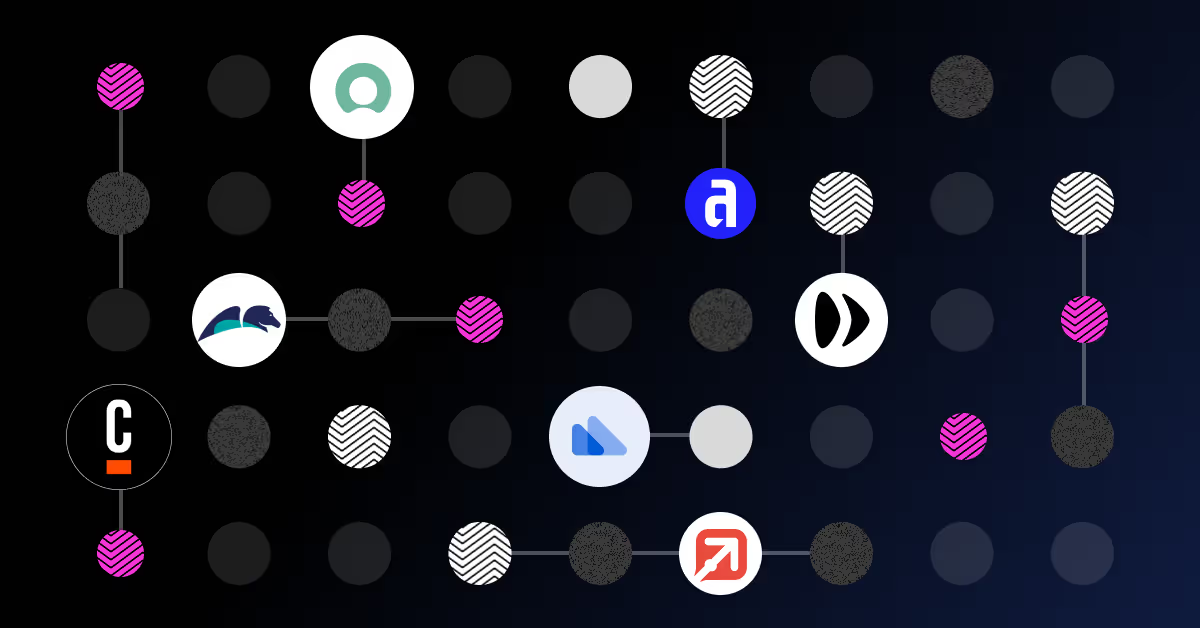If your business lacks operational visibility you’ll struggle to grow (2026)

How can you fix a problem you can’t see? Frequently, business problems are buried in a tangled web of spreadsheets and emails. While you’ll likely feel their effects on a macro level with inefficiency, mistakes, or wasted resources, pinning down the source can be tricky.
It’s an issue that many businesses face and without knowing the right software tools to use, they tend to keep relying on manual methods such as shared mailboxes to get work done. Leaders need a solution that demystifies operations and improves operational visibility so leaders can make the informed decisions that drive business growth.
The problem: Businesses are flying blind without visibility
What are your employees doing day to day? Is their time well spent? Or, are they caught up in slow tasks that take up a disproportionate amount of their time? Is work distributed evenly or are some workers overloaded? What tasks are most frequently delayed and why? Are you managing your resources well? These are all questions that go unanswered when operational visibility is poor.
Many businesses spend their days staring at scattered or outdated systems that aren’t capable of showing you the full picture. Fragmented data provides snapshots, but the whole thing feels like trying to solve a jigsaw puzzle with missing pieces.
In the absence of visibility, business growth is limited. Decision makers don’t have the information needed to make operational changes that improve efficiency and profitably, and consequently, allow a business to thrive. These companies have yet to evolve past selling “people” - meaning the time and labor of employees - to selling a service or outcome.
Visibility through orchestration
A solution to poor visibility can be found in an orchestration platform like Enate. Multiple processes and systems can be integrated in one place, where operations can be managed centrally rather than working across fragmented pockets. This provides end-to-end transparency across the work ecosystem.
Plus, with access to the real-time data an orchestration platform provides, businesses can make the transition from reactive to proactive decision-making. No more waiting for delays and problems to reveal themselves through missed deadlines or budget overruns, instead, inefficiencies can be identified instantly. Businesses are then on the front foot, able to make improvements before issues escalate into bigger concerns, with the flexibility to optimise resources and refine the service they provide.
Orchestration can help businesses understand exactly what resources are needed to meet service demands, and in doing so, shift from selling “people” to selling “services”. In other words, rather than charging clients for the time spent by employees, they are billing for the outcome they provide. The benefit of this is that an organization is no longer restricted by the number of employee hours available, but can focus on the value of the outcome.
Real examples of orchestration as a growth lever
A 15% operational efficiency improvement for EY
Global professional services firm EY had been facing challenges with complicated and fragmented manual operations, particularly in its Global Delivery Services (GDS). With employees working across 150 countries, the visibility required to make much needed changes was difficult to achieve
Enate helped EY to achieve this transparency by consolidating scattered systems onto a single platform, providing real-time insights into operations along with the ability to manage and monitor tasks from start to finish. Bottlenecks and other issues were easily identified, repetitive tasks automated, and resources allocated more effectively.
Within 6 months, this newfound visibility saw EY achieve a 75% improvement in report generation and 15% overall efficiency savings. Shailendra Saxena, EY GDS Transformation Partner, summarized the impact in a recent quote,
"Enate has been a significant partner in GDS’s highly successful and continuing efficiency journey, as a versatile enabler to manage, govern and optimize business workflows, across our human and bot workforce.”
TMF’s £32 million margin boost
TMF Group is an international company providing accounting, corporate secretarial, HR administrative, and capital services. Prior to implementing Enate, TMF was dealing with disconnected workflows, large volumes of communications across multiple channels, and a lack of transparency over their operations. As a result, there was too much wasted time, crossed wires, and margin for error, majorly impacting their ability to make improvements.
As Felipe Araya, Global Head of Digital Operations at TMF puts it, “Visibility into daily operations is crucial to making informed decisions that drive efficiency.” Adopting Enate’s platform allowed all tasks and channels to be brought together into one platform, where their 4,500 users could work and communicate in a streamlined environment.
The consolidation of work processes gave users a clear overview of operations, inefficiencies, and the use of resources. Felipe Araya emphasized the significance of this transparency, “Having orchestration implemented across our departments can be likened to having X-ray vision into your operations. Such vision helps leaders like myself to identify ‘broken or displaced bones’ within their operations and create action plans to start the healing process.” This visibility ultimately led to a £32 million margin improvement within 6 months.
You can't manage what you can't see
Any business looking to grow and scale needs operational visibility. Without it you’re flying blind. Inefficiencies remain buried treasure and resources are wasted, while opportunities for improvement are often missed. A service orchestration platform like Enate provides the transparency needed to optimize workflows and get operations working at optimum efficiency.
If you want to grow your business, the roadmap is clear: Invest in visibility solutions like orchestration to get your house in order before attempting to scale. Organizations that prioritize orchestration will find themselves with an advantage in a competitive marketplace, able to make the data-backed decisions that allow them to thrive.








